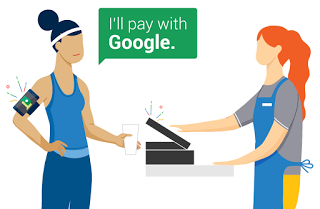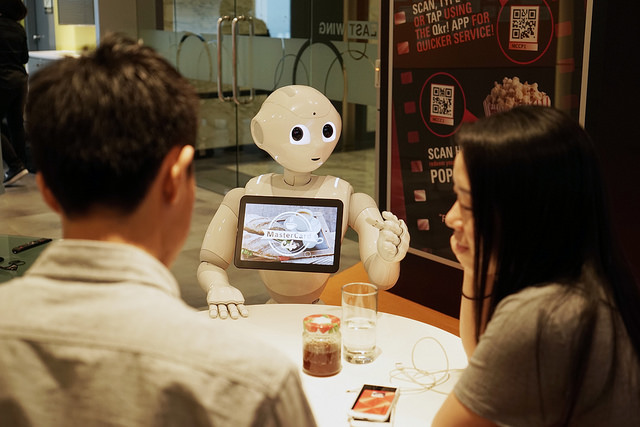Modern consumers want an omnichannel experience, which means they want speed and convenience. In addition, consumers, especially millennials, also want their preferences to be known: 62% of millennials would be comfortable connecting their payment info to an app from a retailer or service they use frequently.
Because consumers these days have come to expect integrated and personalized experiences when they buy, companies are constantly looking to create shopping and purchasing experiences that are friction-free in response.
This has paved the way for emerging technologies to collide with payments. NFC technology increased in prevalence over the last few years, steadily facilitating faster transactions in the form of Tap and Pay and mobile wallet payments. Now, companies like Google and MasterCard are taking it even further by investing time and resources into creating automated, personalized experiences.
Google Hands Free aims to let consumers pay with a simple voice command, without ever having to take the phone out of their pocket, while MasterCard has enlisted SoftBank’s artificial intelligence robot, Pepper, to assist and process payments.
Google Hands Free
Google is developing a pilot app called Hands Free that’s still in the early stages of testing. First introduced last year at Google I/O, Hands Free was officially debuted earlier this year in March.
This experimental payment method is named so because it allows consumers purchase using voice commands, without ever touching their phones. Hands Free is currently available on Android and iOS devices and is in beta stages at select McDonald’s, Papa John’s, and local eateries in the Bay area.
How it works:
- Users set up the app by uploading a picture and payment information.
- Google Hands Free uses Bluetooth low energy, Wi-Fi, and location services on users’ phones to detect when they’re near a participating store.
- When a user is ready to pay, they simply tell the cashier, “I’ll pay with Google”. The cashier will then confirm identity by asking for initials and verifying users against the profile picture they uploaded to their account.
- Voila, the transaction is completed once verified.
Google is experimenting with facial identification at some stores to automate and expedite the process even further. An in-store camera will automatically verify identify based on users’ Hands Free profile picture. Google is quick to assure that all images captured are deleted immediately.
MasterCard and Pizza Hut Asia’s payment robot Pepper
MasterCard is partnering with Pizza Hut Asia to put SoftBank’s Pepper robot in Pizza Hut locations by the end of 2016. This is not the first time SoftBank’s robots have been put to use; they’ve previously been utilized as demo aids and customer assistants; however, this will mark the first commerce application for the robot. The goal is for Pepper to be able to take and process entire customer orders, including initiate, approve, and complete transactions.
How it works:
- MasterCard users link their account with Pepper by using the MasterPass wallet app or scanning a QR code on the tablet attached.
- Pepper then helps visitors make menu selections with personalized recommendations, special offers, and even calorie counts.
- When it comes time to pay the bill, customers check out on their mobile devices just like any other MasterPass transaction. Pepper will ask for authorization to complete the transaction.
Everything happens in MasterPass, ensuring security. Pepper never has access to your payment information – it all stays on your phone. A token is transmitted to Pepper that helps it understand that the payment was completed.
Pepper has the potential to truly personalize experiences. Once you’re connected, Pepper can address you by name, as well as access past purchasing history to customize interactions and help customers make more informed decisions. In addition, the robot can read and express human emotions so it’s capable of personalizing its interaction according to customer moods.
These technologies are still in their early stages and still have barriers to overcome so adoption is far off, but it’s clear that companies are taking note of consumer trends and taking strides towards creating a truly frictionless shopping experience.

